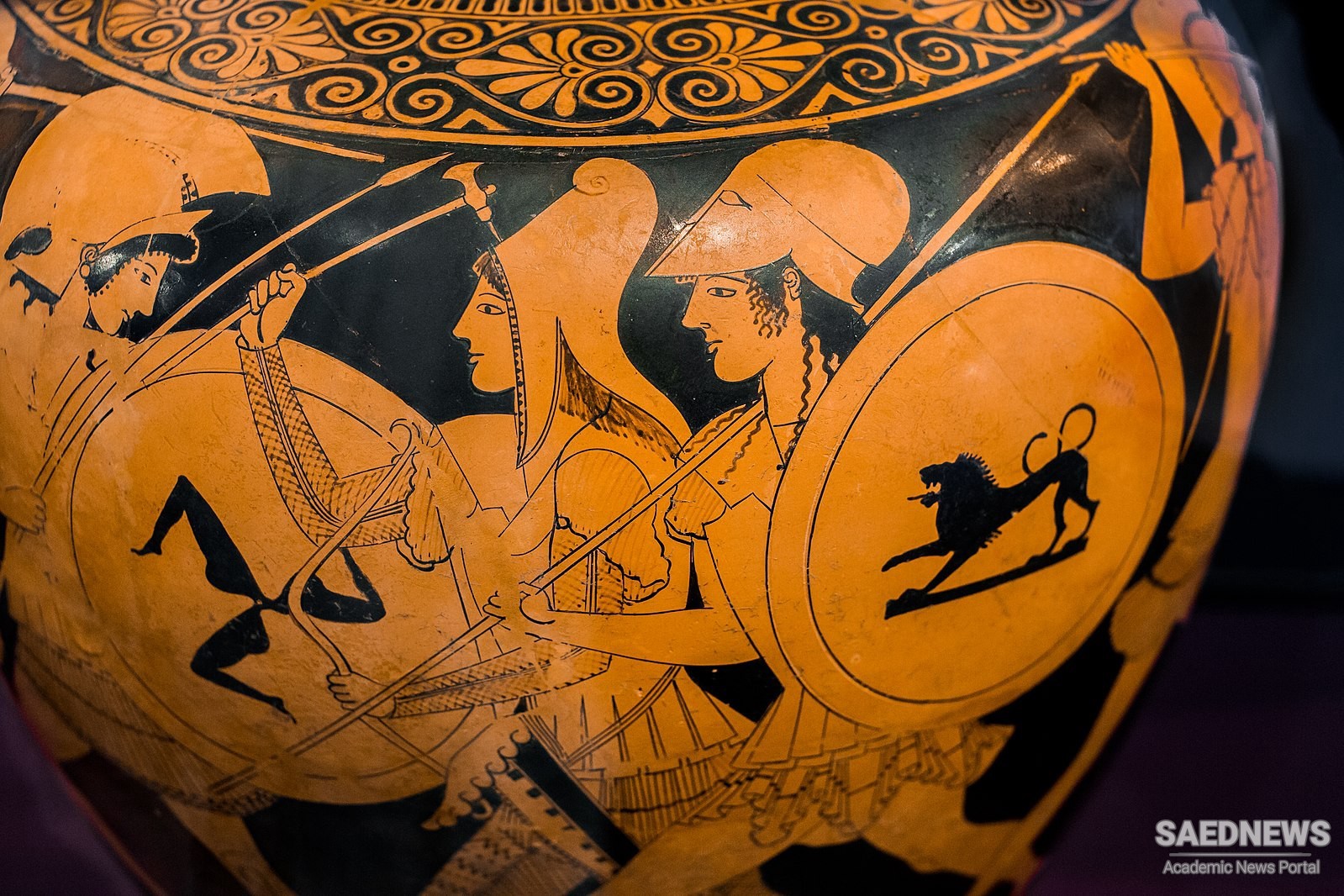Speakers and area. Scythian or Saka was the language or rather the cluster of interrelated dialects of the Scythian tribes that inhabited the vast areas of South Russia and modern Kazakhstan in the 1st millennium B.C.
Script. Like Median, these languages have not been preserved in any written form. The only evidence for the existence of these languages, besides the existence of its descendants (like Ossetic), are a number of loanwords, toponyms, and personal names (around 200) that have been preserved in various textual sources from that time, especially in the writings of Greek authors. These words serve as a basis for the phonetic reconstruction of this dialect group.
Grammar. No means are available for the reconstruction of the grammar of these languages.
Some Middle and New Iranian languages, like Khotan Saka and Tumšukese (Middle Iranian period) and Ossetic (New Iranian period), are considered to be descendants of this language.


 Iranian Languages: Avestan the Scriptural Tongue of Ancient Persia
Iranian Languages: Avestan the Scriptural Tongue of Ancient Persia














































